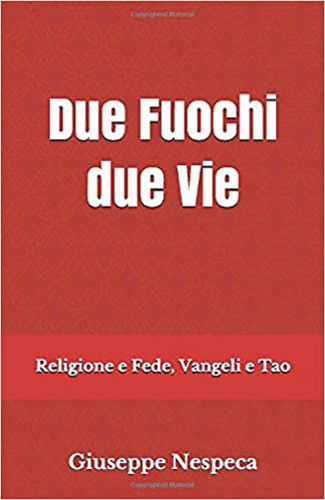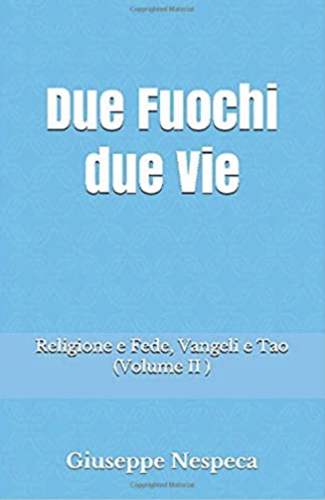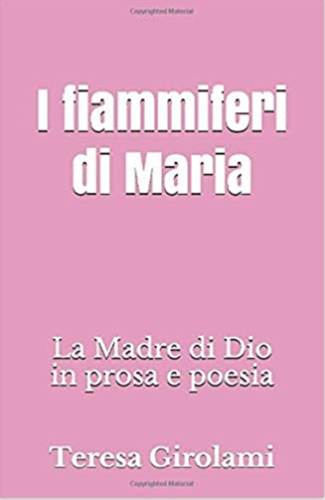1. We resume today, after a rather long pause, the meditations we have been holding for some time and which we have called reflections on the theology of the body.
In continuing, it is worthwhile, this time, to return to the words of the Gospel, in which Christ refers to the resurrection: words that have a fundamental importance for understanding marriage in the Christian sense and also "the renunciation" of married life "for the sake of the kingdom of heaven".
The complex casuistry of the Old Testament in the field of matrimony not only prompted the Pharisees to come to Christ to put to him the problem of the indissolubility of marriage (cf. Mt 19:3-9 ; Mk 10:2-12 ), but also, another time, the Sadducees, to question him on the law of the so-called Levirate (this law, contained in Deut 25:7-10 , concerns brothers living under the same roof. If one of them died without leaving children, the brother of the deceased had to take the widow of the dead brother as his wife. The child born of this marriage was recognised as the son of the deceased, so that his lineage would not be extinguished and the inheritance would be preserved in the family [cf. Deut 3:9-4:12 ]). This conversation is reported in agreement by the Synoptics (cf. Mt 22:24-30 ; Mk 12:18-27 ; Lk 20:27-40 ). Although all three redactions are almost identical, some slight but, at the same time, significant differences can be noted between them. Since the colloquy is referred to in three versions, those of Matthew, Mark and Luke, a more in-depth analysis is required, as it includes contents that are of essential significance for the theology of the body.
Next to the other two important colloquies, namely: the one in which Christ refers to the "beginning" (cf. Mt 19:3-9 ; Mk 10:2-12 ), and the other in which he refers to the intimacy of man (to the "heart"), pointing to the desire and concupiscence of the flesh as the source of sin (cf. Mt 5:27-32 ), the colloquy, which we now propose to analyse, constitutes, I would say, the third component of the triptych of Christ's own utterances: a triptych of essential and constitutive words for the theology of the body. In this colloquy, Jesus refers to the resurrection, thus revealing a completely new dimension of the mystery of man.
2.
The revelation of this dimension of the body, stupendous in its content - and yet connected with the Gospel reread in its entirety and to its very depth - emerges in the conversation with the Sadducees, "who affirm that there is no resurrection" (1); they have come to Christ to present him with an argument that - in their opinion - validates the reasonableness of their position. This argument was to contradict "the hypothesis of the resurrection". The reasoning of the Sadducees is as follows: "Master, Moses left us written that if the brother of one dies and leaves his wife childless, the brother shall take his wife to give offspring to his brother" ( Mk 12:19 ). The Sadducees refer here to the so-called law of Levirate (cf. Deut 25:5-10 ), and referring back to the prescription of this ancient law, they present the following "case": "There were seven brothers: the first took a wife and died without leaving any descendants; then the second took her, but died without leaving any descendants; and the third likewise, and none of the seven left any descendants. Finally, after all, the woman also died. In the resurrection, when they rise again, to which of them will the woman belong? For seven had her as their wife" ( Mk 12:20-23 . The Sadducees, turning to Jesus for a purely theoretical "case", at the same time attack the Pharisees' primitive conception of life after the resurrection of bodies; in fact, they insinuate that belief in the resurrection of bodies leads to the admission of polyandry, which is contrary to the law of God.
3.
Christ's answer is one of the key-answers of the Gospel, in which another dimension of the question is revealed - precisely from and in contrast to purely human reasoning - namely that which corresponds to the wisdom and power of God himself. Similarly, for example, the case of the tribute coin with the image of Caesar and the correct relationship between what in the sphere of power is divine and what is human ("Caesar's") (cf. Mt 22:15-22 ). This time Jesus replies as follows: "Are ye not in error, since ye know not the scriptures, nor the power of God? For when they rise from the dead, they will not take wives or husbands, but will be as angels in heaven" ( Mk 12:24-25 ). This is the basic answer to the 'case', i.e. to the problem contained therein. Christ, knowing the conceptions of the Sadducees, and intuiting their authentic intentions, takes up, later, the problem of the possibility of the resurrection, denied by the Sadducees themselves: "Concerning the dead who are to be raised, have you not read in the book of Moses, concerning the bush, how God spoke to him, saying: I am the God of Abraham, the God of Isaac and Jacob? He is not a God of the dead, but of the living" ( Mk 12:26-27 ). As we can see, Christ quotes the same Moses to whom the Sadducees referred, and ends by saying: "You are in great error" ( Mk 12:27 ).
4.
Christ also repeats this concluding statement a second time. In fact, the first time he pronounced it at the beginning of his exposition. He said then: "You deceive yourselves, knowing neither the scriptures nor the power of God": so we read in Matthew ( Mt 22,29 ). And in Mark: "Are ye not deceived, since ye know not the scriptures, neither the power of God?" ( Mark 12,24 ). By contrast, Christ's own reply, in Luke's version ( Lk 20:27-36 ), is devoid of polemical accent, of that "you are in great error". On the other hand, he proclaims the same thing insofar as he introduces some elements into his reply that are not found in either Matthew or Mark. Here is the text: "Jesus replies: the children of this world take a wife and take a husband; but they that are accounted worthy of the other world, and of the resurrection from the dead, take neither wife nor husband: neither can they die any more, for they are equal to the angels, and being children of the resurrection, they are the children of God" ( Lk 20:34-36 ). Concerning the very possibility of the resurrection, Luke - like the two other synoptics - refers to Moses, that is, to the passage in the Book of Exodus 3:2-6, where it is narrated that the great legislator of the Old Covenant had heard from the bush, which "burned in the fire and was not consumed", the following words: "I am the God of your father, the God of Abraham, the God of Isaac, the God of Jacob" ( Ex 3:6 ). In the same place, when Moses had asked the name of God, he had heard the answer: "I am he who is" ( Ex 3:14 ).
Thus then, speaking of the future resurrection of bodies, Christ refers to the very power of the living God.
[Pope John Paul II, General Audience 11 November 1981]












